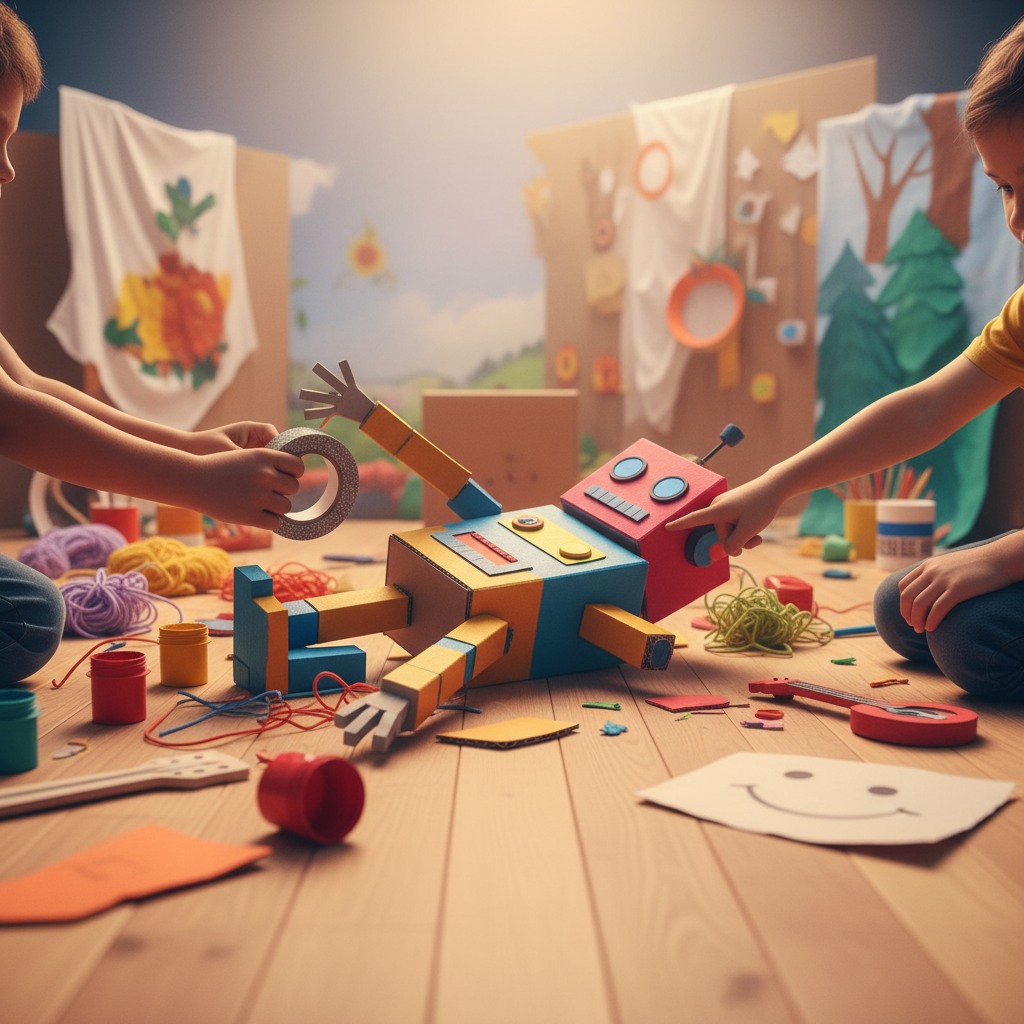Practice recovering from a mistake on stage
Practice recovering from mistakes on stage by rehearsing short scenes, using recovery techniques like pauses, improvisation prompts, and supportive feedback from peers.



Step-by-step guide to practice recovering from mistakes on stage
Step 1
Clear a small area and mark your stage with a rug or a strip of tape.
Step 2
Gather three simple props and place them next to the stage.
Step 3
Write five short one-sentence scene prompts on separate index cards.
Step 4
Write five recovery prompts on other index cards like "forget a line" or "sudden laugh."
Step 5
Pick a partner or a small group to rehearse with you.
Step 6
Assign who will be the actor and who will be the cue person for this round.
Step 7
Hand the actor one scene prompt card and have them read it aloud.
Step 8
Give the cue person one recovery prompt card to hold secretly until the scene starts.
Step 9
Start the scene and perform normally until the cue person signals.
Step 10
When the cue person signals or a mistake happens, pause and take one breath.
Step 11
After the breath, improvise one simple line or action that keeps the story moving.
Step 12
Finish the scene and take a bow.
Step 13
Ask each peer to share one nice thing they liked about your performance.
Step 14
Ask each peer to give one gentle suggestion to help you recover even better next time.
Step 15
Share your finished practice and what you learned on DIY.org.
Final steps
You're almost there! Complete all the steps, bring your creation to life, post it, and conquer the challenge!


Help!?
What can we use instead of a small rug or strip of tape and index cards if we don't have them?
If you don't have a rug or strip of tape to mark the stage, use a towel or a row of cushions and replace index cards with folded paper, sticky notes, or a phone note app for the five scene prompts and five recovery prompts.
What should we do if the actor freezes or the cue person misses a signal during the scene?
If the actor freezes or the cue person misses a signal, have the cue person give a clear physical cue (a gentle tap or hold up the recovery card) and remind the actor to 'pause and take one breath' then improvise a simple line or use one of the three simple props to keep the story moving.
How can we adapt the activity for younger children or make it more challenging for older kids?
For ages 4–6, shorten to three one-sentence scene prompts and three recovery prompts, use stuffed animals or big props and an adult cue person with obvious signals, while older kids can add timed rounds, character objectives, and swap roles between actor and cue person for extra challenge.
How can we extend or personalize the practice once we finish a basic round?
To extend the activity, film the finished practice and share it on DIY.org, create themed costumes and custom versions of the three simple props, rotate actor/cue roles each round, and use the peer feedback step where everyone gives one nice thing and one gentle suggestion to refine recoveries.
Watch videos on how to practice recovering from mistakes on stage
How to overcome your mistakes
Facts about theater and improvisation skills for kids
⏸️ A short pause (called a 'beat') is a powerful recovery tool — it gives you time to think and makes the audience follow your pace.
🎭 Improvisers use 'Yes, and...' to accept and build on ideas — it keeps scenes moving and helps recover from mistakes.
😅 Most professional actors expect at least one small slip during a live show; a smooth recovery usually goes unnoticed by the audience.
🎬 Simple stagecraft tricks, like shifting focus with a prop or lighting cue, can turn a mistake into a new, funny, or dramatic moment.
🤝 Supportive, specific feedback from peers after rehearsals helps performers learn recovery techniques faster and boosts confidence.
How do I practice recovering from a mistake on stage with my child?
What materials do I need to practice stage-recovery exercises at home?
What ages is this stage-recovery practice suitable for?
What are the benefits or variations of rehearsing stage-recovery techniques?


One subscription, many ways to play and learn.
Only $6.99 after trial. No credit card required

